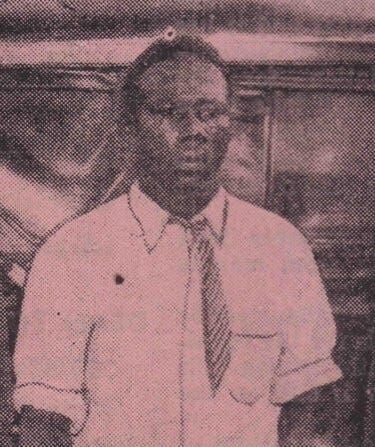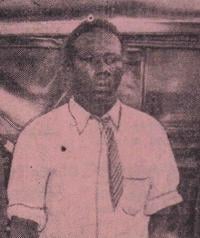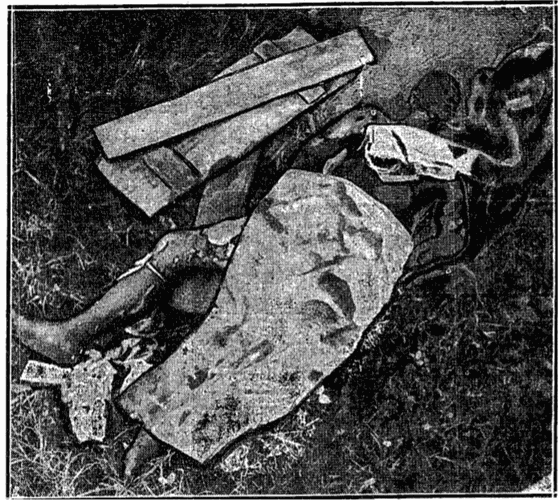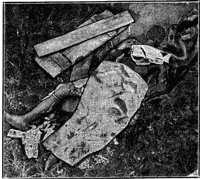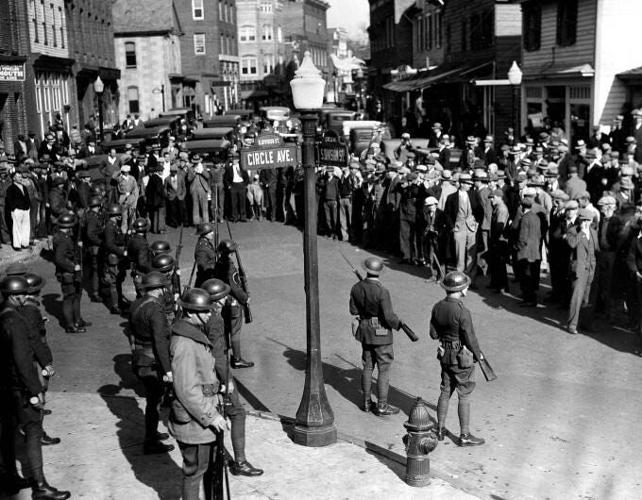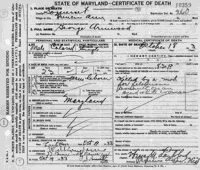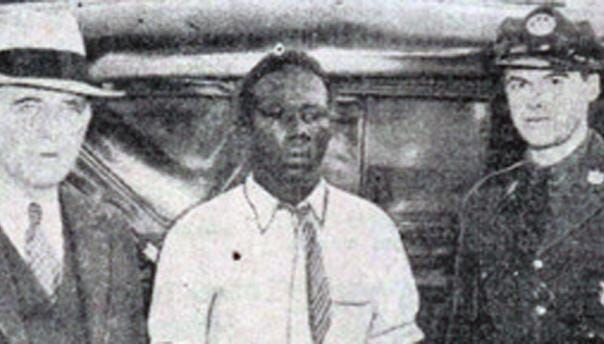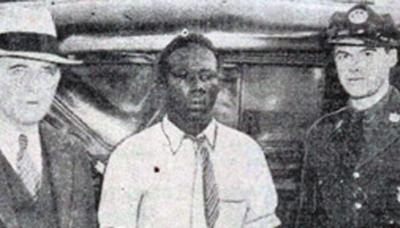February is Black History Month and throughout the month WBOC is sharing the stories of 10 men who were lynched on the Eastern Shore of Maryland during the 19th and 20th centuries.
In our multi-part series: Shameful Past: Lynchings on Delmarva, what follows is a profile of one of those men executed by mob justice.
George Armwood was the last recorded lynching in the state of Maryland in 1933. He was 22 or 23-years-old when he was lynched in Princess Anne for allegedly assaulting a 71-year-old white woman, Mary Denston.
According to the Maryland State Archives, Armwood lived in Pocomoke City, and worked as a laborer for a white employer, John H. Richardson before his murder.
Sources say Armwood was known as a quiet and generally well-liked guy. Close friends said he was "feeble-minded," as Armwood only went to school until he was 15.
Tina Johnson, a descendant of George Armwood, said her grandmother told her stories about the man. She knew him prior to his lynching.

George Armwood (Photo: Maryland State Archives)
"My grandmother, Mary Armwood Braxton, said she remembered her cousin George Armwood whistling and humming a lot. She said that "His Eye Is On The Sparrow" was one of the ones she remembered the most," Johnson said.
Her grandmother believes it was Armwood's favorite song.
And although Armwood loved to whistle, and some say he was well-liked, it didn't stop a lynch mob from ending his life suddenly at the age of 22 or 23.

George Armwood's body (Photo: The Afro American Newspaper)
The Maryland State Archives say that on Oct. 16, 1933, Mary Denston was walking down the road in Princess Anne when she walked near a field and Armwood allegedly assaulted her.
She then reported it to police, and Armwood was arrested shortly thereafter.

Mary Denston, victim of the attack courtesy of Associated Press
The archives reveal Richardson, who was Armwood's employer, may have helped Armwood try and escape before his arrest, though Armwood was found in Richardson's house hiding from police after the assault.
There are different accounts of Armwood's guilt. Some reports show Armwood admitted to the rape--while others say he didn't admit to the rape, but admitted to climbing on Denston and ripping her clothes off.
Archives say Armwood was also accused of a separate assault as well. He allegedly assaulted anther African American woman years prior, but it was never investigated.
Kirkland Hall, a former University of Maryland Eastern Shore professor and descendant of Armwood, says because of his lynching, we will never know the truth about what happened.
"We'll never know," Hall said. "I can only base it off of what I believe about him and his mental state. His intelligence was not at the point to where he could remember certain things thoroughly, and we just have to live with it...The only thing we can rest assured is that he was lynched."
Armwood was first taken to the Salisbury jail, miles away from Princess Anne, to avoid lynch mobs. But by 5 o'clock, a mob was forming, and Armwood was transferred to Baltimore for safe-keeping, according to the archives.

The crowd that watched George Armwood's lynching. (Photo: Equal Justice Initiative)
"[Denston] said she'd be able to identify him, but she never had the chance," said Will Shwarz, founder of the Maryland Memorial Lynching Project. "He was moved from the Eastern Shore to Baltimore City for safe-keeping, because tensions were so high at the time. There had been a lynching two years before."
That previous lynching was Matthew Williams, which stained the reputation of the Princess Anne Police Department.
Somerset County Judge Robert F. Duer and State Attorney John Robins were pressured by locals to bring Armwood back to Princess Anne, where the crime allegedly happened. They assured Gov. Albert Ritchie that Armwood would remain safe, but to no avail.
Eventually, Ritchie agreed to send Armwood back to Somerset County, where he was placed on the second floor of the jail with other black prisoners.
Upon news of Armwood returning, a crowd assembled at the jail. Archives show Duer told the crowd, "I know nearly all of you," going on to say that he was "one of them." He told them to go home, and the crowd initially dispersed.
When they came back, they came with two 15-foot timbers as battering rams and breached the jailhouse doors.
They forced Deputy Dryden to hand over the keys and they eventually were able to drag Armwood from the cell.
They dragged his body to the corner of Prince and William streets in downtown Princess Anne, the archives say, and he was hanged from a telephone pole and burned.
No one was ever charged or indicted for the lynching of Armwood, records show. Nearly 42 witnesses testified to seeing the lynching, including black prisoners who were at the Princess Anne Jail when he was dragged out.
Twelve men were named as leaders of the lynch mob, and four stood trial in Princess Anne. However, the archives state that the jury dismissed the case due to a "lack of evidence" and the accused were released.

George Armwood's death certificate (Photo: Maryland State Archives)

